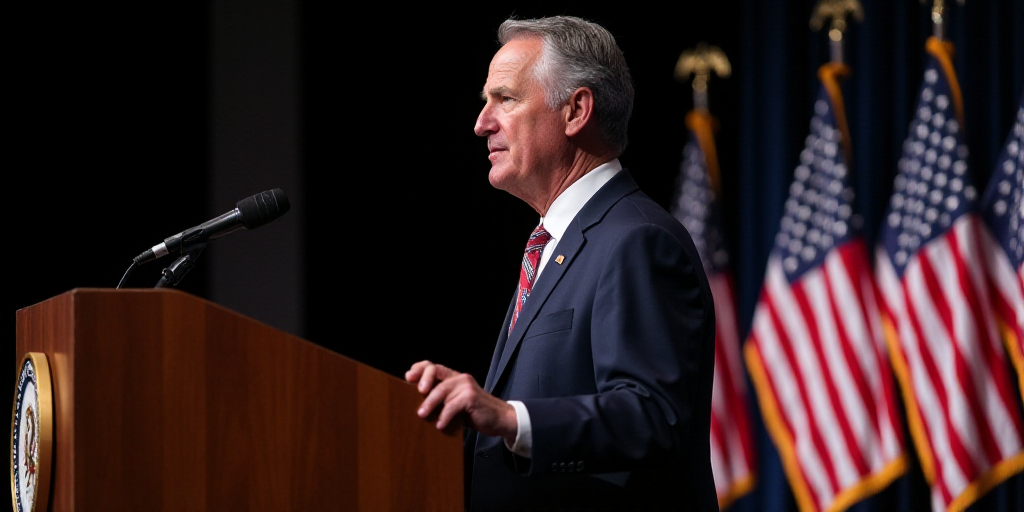Jerome Powell Announces Staff Reduction
The Chairman of the Federal Reserve (Fed) in the United States, Jerome Powell, announced on Wednesday that the central bank is undergoing a significant reduction in its workforce.
Current Situation and Future Outlook
During a press conference, Powell explained that the Federal Reserve is currently in the process of eliminating 10% of its staff. He assured that, by the end of this process, the Fed’s workforce will return to its size a decade ago.
Openness to Criticism and Reform
Regarding potential reforms at the Fed, Powell stated that they are “certainly open to constructive criticism and ways to improve our work.” However, he expressed reluctance towards a formal review of the central bank.
Who is Jerome Powell?
Jerome Powell has served as the Chair of the Federal Reserve since February 2018, succeeding Janet Yellen. Appointed by President Donald Trump, Powell was reconfirmed by the Senate for a second term in 2022 by President Joe Biden. As the head of the central bank, Powell plays a crucial role in shaping U.S. monetary policy, influencing interest rates, inflation, and overall economic stability.
Impact on the Federal Reserve System
The Federal Reserve, established in 1913, is the central banking system of the United States. It consists of 12 regional Federal Reserve Banks, a Board of Governors, and the Federal Open Market Committee (FOMC). The Fed’s primary objectives are to promote maximum employment, stable prices, and moderate long-term interest rates.
Reasons for Staff Reduction
While Powell did not explicitly state the reasons for the staff reduction, it is likely a response to changes in operational needs and technological advancements. Central banks worldwide are adapting to new digital tools and automation, which may require fewer employees in certain roles.
Potential Consequences
Efficiency and Cost Savings: Reducing the workforce could lead to cost savings for the Federal Reserve, allowing resources to be allocated more efficiently.
Expertise and Knowledge Retention: A smaller workforce might result in the loss of valuable expertise and institutional knowledge. The Fed will need to balance staff reductions with efforts to retain key personnel and transfer critical skills.
Impact on Monetary Policy: The Federal Reserve’s core functions, such as setting interest rates and implementing monetary policy, should not be directly affected by staff reductions. However, the efficiency of these processes may change as a result.
Public Reaction and Opportunities for Feedback
Powell’s openness to constructive criticism indicates that the Federal Reserve values public input. Stakeholders, including economists, industry experts, and the general public, are encouraged to provide feedback on potential reforms or concerns regarding staff reductions.
Key Questions and Answers
- Q: Why is the Federal Reserve reducing its workforce? A: The reduction is likely due to changes in operational needs and technological advancements, allowing for more efficient resource allocation.
- Q: How will this staff reduction impact the Federal Reserve’s core functions? A: The Fed’s primary responsibilities, such as setting interest rates and implementing monetary policy, should not be directly affected. However, operational efficiency may change.
- Q: Is the Federal Reserve open to feedback regarding staff reductions? A: Yes, Chair Jerome Powell has expressed openness to constructive criticism and reform suggestions from the public.






